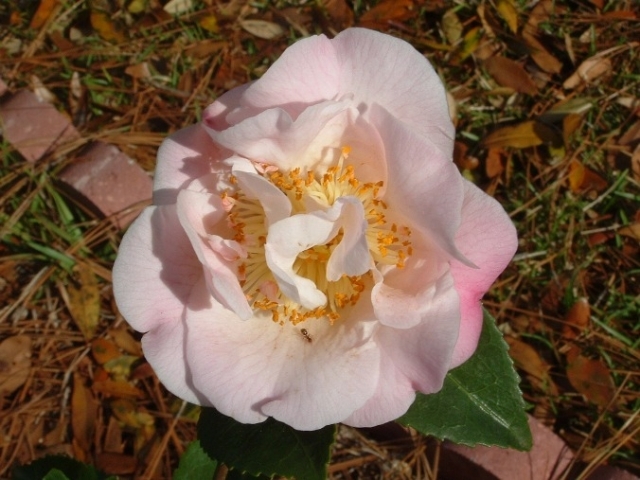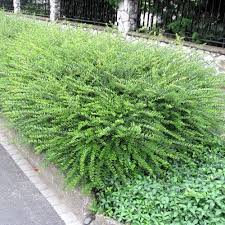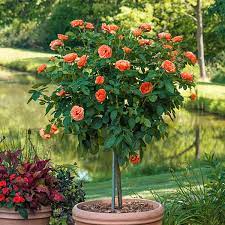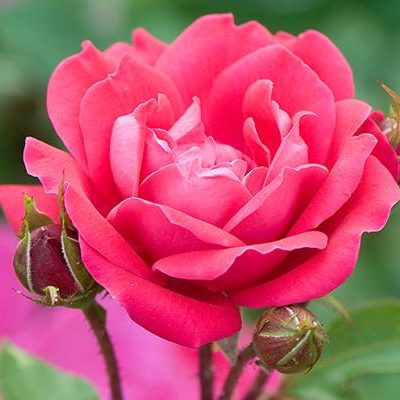Description
Camellia japonica, commonly called Japanese camellia, is an evergreen shrub that typically grows to 6-12? tall on stems clad with oval, leathery, glossy, dark green leaves (3-4? long) with finely serrated margins. It is native to China and Japan. It is winter hardy to and often grown outdoors year round in the southeastern U.S. plus Pacific coast areas. It is the most commonly grown camellia species comprising thousands of cultivated varieties. Flower buds begin to form in mid-summer. Buds appear in clusters. Removing all but one bud per cluster will increase flower size. Flowers (3-5? wide) bloom in mid-late winter (December to March) when grown outdoors in warm winter climates or in greenhouses, but bloom in early spring (April) when grown outdoors in the northern part of its growing range. Species plants have single flowers, but cultivars with semidouble, anemone, peony, rose-form double, or formal double flower forms are available. Each single flower has 5-8 petals. Flower colors are most commonly white, pink or red with yellow anthers. Flowers are borne at the tips of shoots or from lower leaf axils. Rounded fruits (1 1/2? long).






